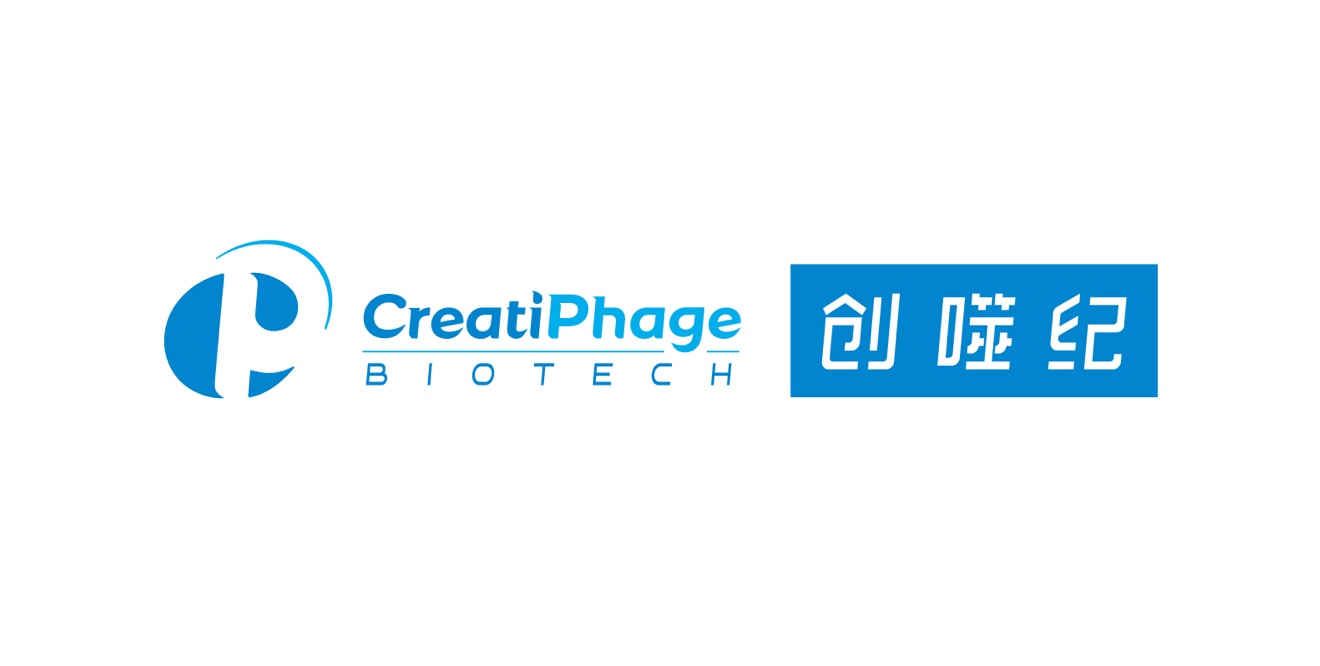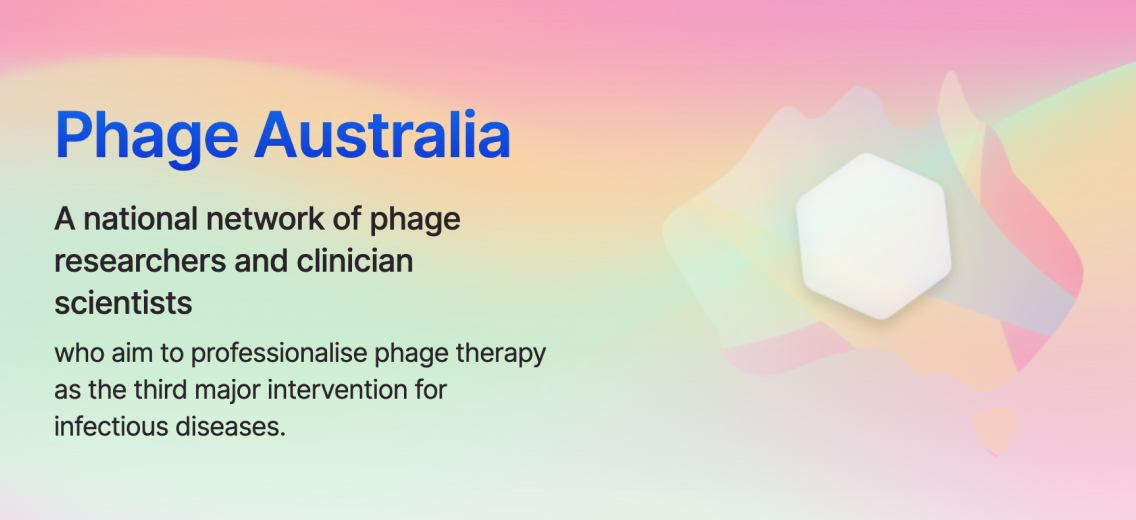Adam: Can you briefly introduce yourself and what prompted you to dive into phage research?
Nannan: I have graduated with a virologist PhD from École Normale Supérieure de Lyon, and I currently work in Shanghai Public Health Clinical Center (SPHCC), a hospital specialized in infectious disease. With most advanced equipment and edge-cutting researchers, SPHCC has one of the best research platforms exploring novel treatments against antimicrobial-resistant bacterial infection. Our team particularly focuses on phage therapy and believes that phage therapy will become an essential means to combat rapidly evolving antimicrobial-resistant bacteria. While there is a high volume of clinical demand in phage therapy, it needs urgent improvements, modifications, and standardizations. Therefore, I joined the Shanghai Institute of Phage as one of the co-founders in 2017. Being approved by the Ethics Committees in 2018, in SPHCC and Zhongshan Hospital Fudan University, we have launched the first clinical study of phage therapy in China. In the following years, we have designed individualized phage therapy for almost a hundred patients with an efficacy of over 70% and published several case research. During the clinical practice, we experienced challenges such as the low coverage rate of phage and the emergence of bacterial anti-phage resistance, and these prompted us to explore the underlying mechanisms and corresponding countermeasures. Despite the rapid advancement in phage research, there are still various interesting areas to explore given the diversity of bacteria and phage. For instance, we published the first phage therapy against secondary bacterial infection in four COVID-19 patients, and the first-in-human treatment using an RNA phage against Pseudomonas aeruginosa pneumonia. Through phage therapy, saving patients who were declared untreatable previously brings me tremendous sense of responsibility, honor, and accomplishment.
Adam: When was CreatiPhage founded and what is the company’s goal?
Nannan: Since 2021, the volume of patients seeking for phage therapy has been increasing steadily, and the clinical trial could no longer satisfy the growing demand. Based on the experiences we accumulated through previous practices, we believe that now it is the time to introduce commercial funds to fuel standard research & development of phage therapy. Such a standardization will facilitate the approval process of commercial phage therapy, thus benefiting a broader range of patients. After being recognized as an outstanding project in first National Revolutionary Technology Competition organized by the Ministry of Science and Technology of China, we were prompted to found CreatiPhage (创噬纪). Being a pun in Chinese, the name describes our goal: to create a new era of phage. We aim to overturn the AMR crisis by developing innovative drugs and individualized therapies with our cutting-edge phage & bacteria resources.
Adam: What products does CreatiPhage provide now to meet its goals?
Nannan: Right now, all our products are in developing or pre-clinical stage. We have two product strategies. The first one is to produce broad-spectrum phage cocktails against bacteria with ‘relatively low’ heterogeneity such as gram-positive Staphylococcus, Enterococcus, and gram-negative Acinetobacter baumannii. CreatiPhage is currently developing an extended-spectrum phage cocktail against Carbapenem-resistant A. baumannii (CRAB), covering all the tested CRAB clinical strains. For bacteria with high heterogeneity, such as gram-negative Klebsiella pneumoniae, Pseudomonas aeruginosa, and Escherichia coli, we applied the second strategy to achieve broad coverage by using multiple cocktails of natural phages or a particular extended-spectrum cocktail of engineered phages. For example, CreatiPhage has designed three cocktails to cover all clusters of clinical MDR Klebsiella pneumoniae strains. We are also developing a broad-spectrum cocktail against P. aeruginosa with genetically engineered phages.
In addition, I want to mention the different approval policy of personalized treatment between China and the U.S. In China, the process begins with medical institutions filing Restrictive Medical Technology application to provincial Municipal Health Commission. Therefore, CreatiPhage collaborates with top medical institutions like Zhongshan Hospital, SPHCC, and Jiahui Health to develop personalized phage therapy against the most common ESKAPE infections. CreatiPhage provides phage libraries, high-throughput phage susceptible screening, and GMP standard phage preparations.
Adam: Is CreatiPhage currently running any trial for new products?
Nannan: CreatiPhage have three pipelines for innovative drugs and one pipeline for personalized treatment. Among them, two have already entered the preclinical stage. One is the extended-spectrum, natural phage cocktail against CRAB pulmonary infections, and the other is the wide-spectrum, natural phage cocktail against epidemic MDR K. pneumoniae urinary tract infections. The synthetic phage cocktail treating P. aeruginosa infection is in the laboratory developing stage. The personalized phage therapy pipeline provides customized phages from established phage libraries to target ESKAPE infections in multiple sites, and we plan to file the Restrictive Medical Technology application to Shanghai Municipal Health Commission in the second quarter of 2023.
Adam: What do you think makes CreatiPhage unique?
Nannan: We must first address that it is the unique characteristics of phage that makes CreatiPhage outstanding in combating bacterial infection compared to many other companies that focus on traditional antibiotics. In comparison to our counterparts exploring phage therapy, we excel in having ample experiences and unparallel resources and technologies accumulated through five years of phage therapy administration in human.
In regarding to CreatiPhage itself, we are a team of determined, aspiring, and professional members. We have eminent medical institutions as long-term partners. We have complete bacteria libraries and phage libraries, as well as their corresponding databases. We are also distinguished by our technologies such as phage-bacteria database building, high throughput phage screening and genetic manipulation of phage, allowing us to develop broad-spectrum phage cocktails and precise phage therapies to handle the most challenging bacterial infections.
Adam: What role do you think CreatiPhage will play in the phage therapy market locally and globally?
Nannan: CreatiPhage is the first company applying phage therapy to human in China, and its founding members are the most influential Chinese phage researchers. Locally, CreatiPhage just sponsored the fifth China Phage Therapy Conference and became the vice president unit of Alliance Phage of China. Given the rapid development of innovative drugs, the revolutionary changes in approval policies, and the huge market volume in China, CreatiPhage aims to become a unicorn company in phage therapy and integrate all related resources to promote the development of phage industry in China. Globally, CreatiPhage has a business mode similar to Adaptive Phage Therapeutics (APT), which is a rapidly expanding, model company in the field. Although CreatiPhage is founded later than our predecessors like APT, we are more familiar with the clinical needs and solutions based on our previous experiences in hospitals. At the same time, CreatiPhage is actively preparing for overseas clinical trials, and we look forward to collaborating with more companies to come up with more effective and safer anti-bacterial means to cope with the urgent antibiotic resistance crisis.
Additional Links, Readings, and Notes







